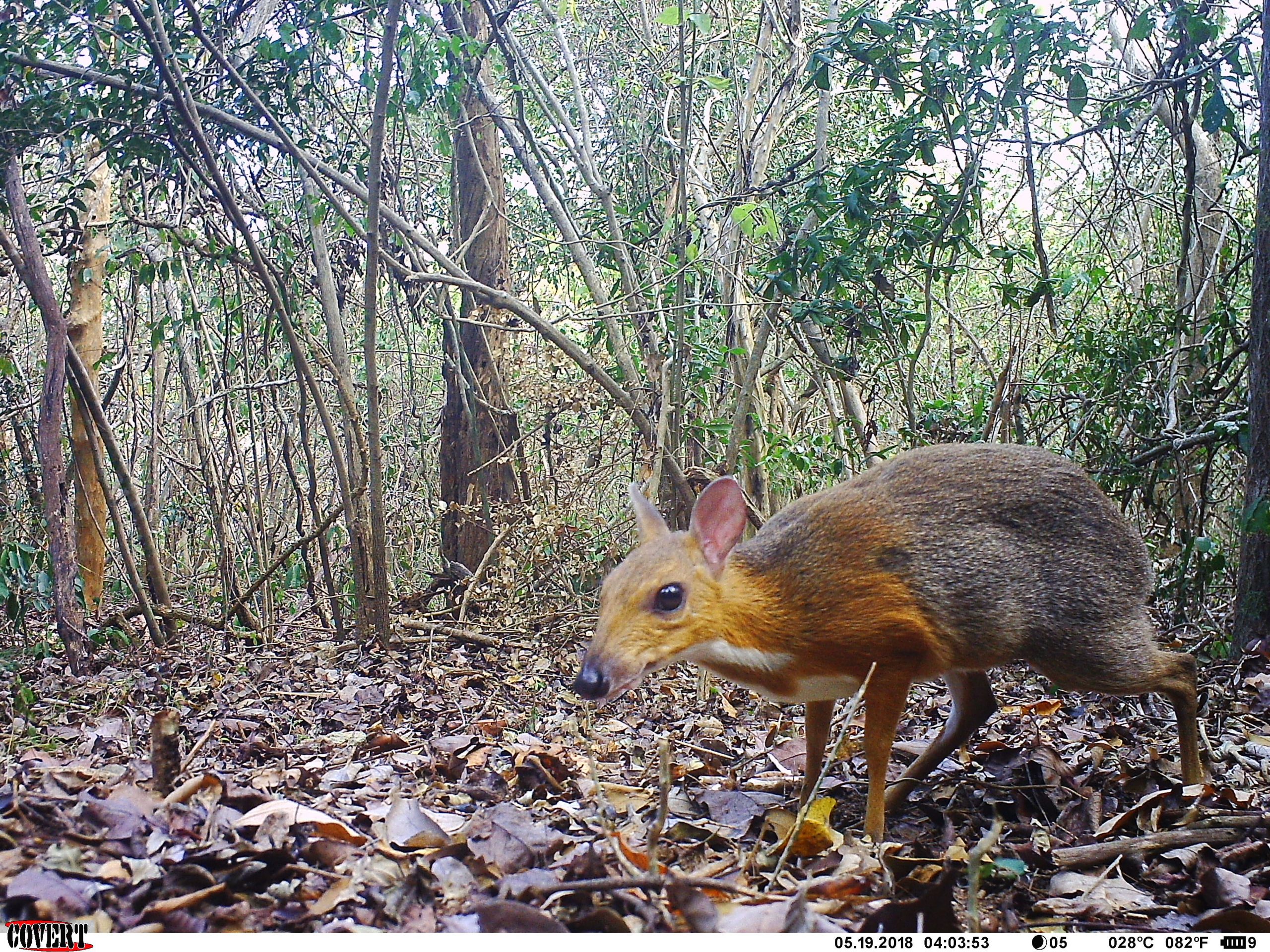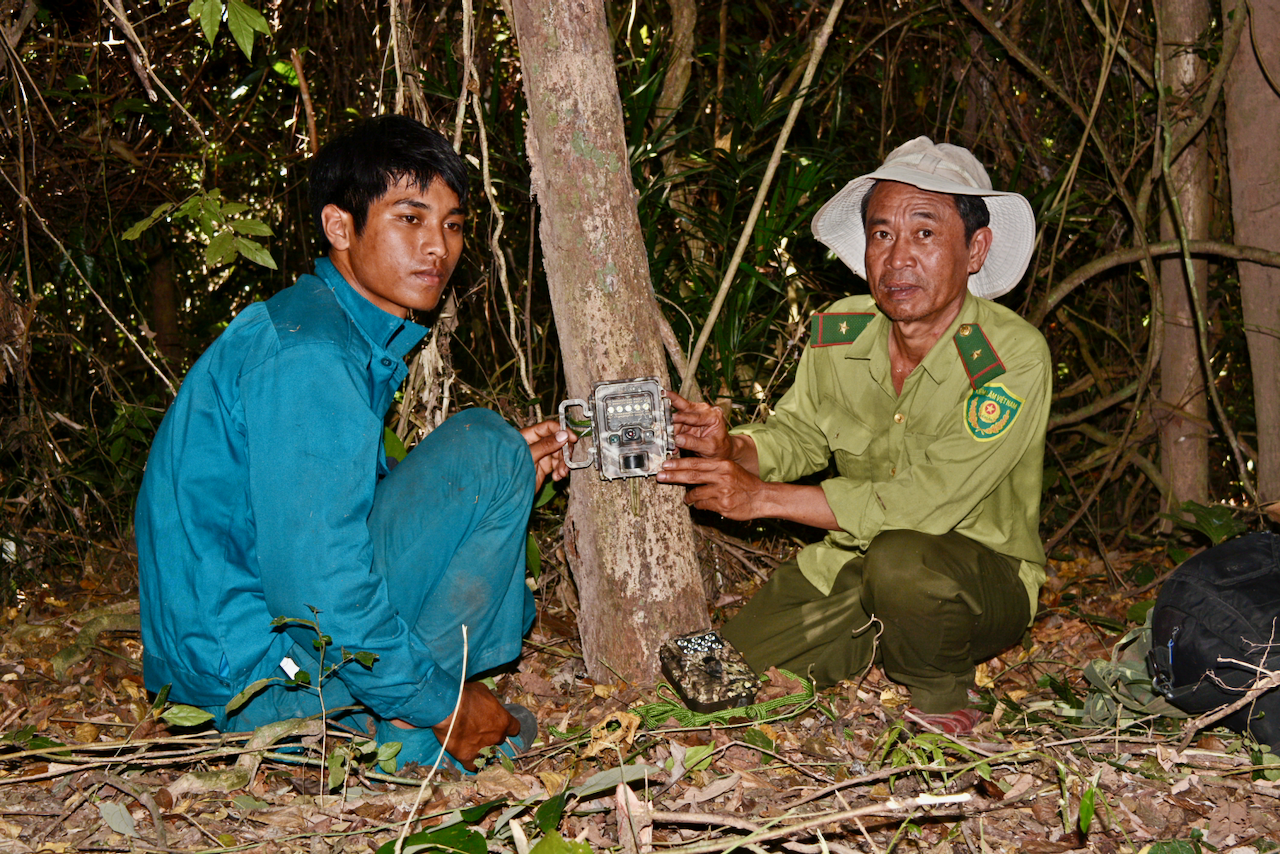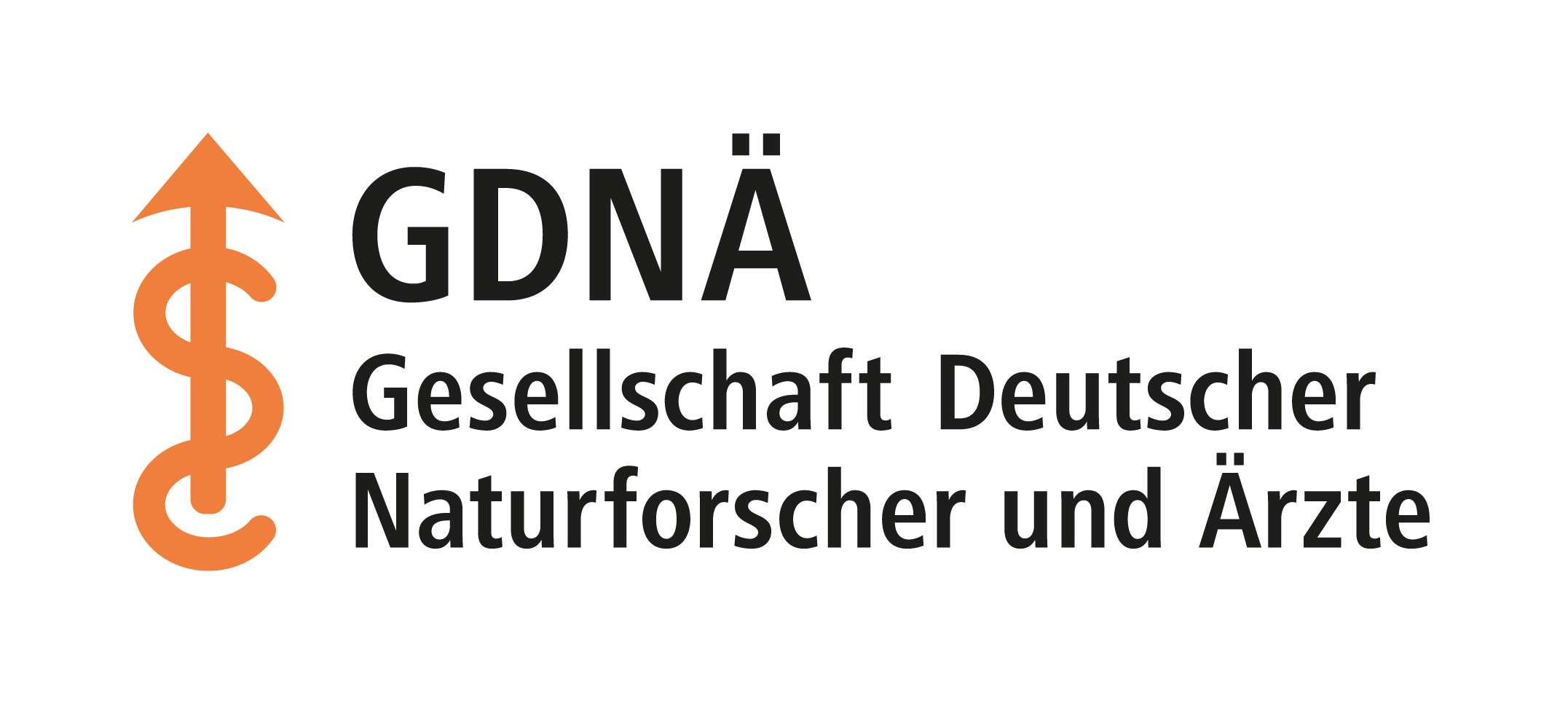Day 2: Friday, 9 September 2022
Of mini-deer, camera traps and new materials
So many exciting lectures in one day, so many nice encounters in the hallway, plus the Market of Science with great exhibits – not so easy to pack everything into one day. That’s why at this point, as yesterday, there are only a few impressions, with a much richer programme in the background. Nut chocolate chips, so to speak, to paraphrase the beautiful concrete comparison made by Jan Wörner yesterday afternoon.
Long preface, here we go: Friday began with a lecture by Dr Andreas Wilting on “Tracking down hidden wildlife of tropical rainforests”. Andreas Wilting is a tropical biologist and researcher at the Leibniz Institute for Zoo and Wildlife Research in Berlin-Friedrichsfelde. With a view to the conference theme “Science in Pictures”, he first presented his work with camera traps in Leipzig, which allows him completely new insights into the living world of tropical rainforests. “For example, we thought we knew everything about orangutans and were very sure that the animals mainly stay in the treetops.” The camera traps on Borneo, however, showed the researchers led by Andreas Wilting that orangutans often stay on the ground and, as you can see, feel very comfortable there. “Our previous view of the world was not correct,” the 43-year-old admits.

© IZW / Re:wild / SIE / NCNP
Caught on camera: a Vietnamese cantchile.
A few years ago, camera traps also enabled the spectacular rediscovery of a species, the Vietnamese Kanchil. The amazingly small deer species had been thought to be extinct (see interview in the margin column) – the re-encounter made headlines worldwide.
In a further step, the Berlin researchers combine camera trap data with high-resolution satellite data to create functional maps of species distribution. For example, they were able to show that climate change is already having dire consequences for biodiversity even in the tropics. On Borneo, the method was used to map certain areas that need special protection.
In addition to climate change, the loss of mammals is fuelled by forest clearing and illegal hunting, especially with the help of wire snares, reported Andreas Wilting. Although rangers on behalf of conservation organisations remove wire snares again and again, the fight is rather hopeless in view of the estimated 13 million of these animal traps in Vietnam, Cambodia and Laos alone. The great hunger for wild animal meat, especially in Asian cities, continues unabated and illegal hunting is still considered a trivial offence.

© Green Viet
Setting up a camera trap in Vietnam.
What else are the wildlife researchers planning? Andreas Wilting reports that an increasingly large-scale survey is one thing, but more speed is another: “We have to become faster. It often takes years from sampling to analysis. We need near-real-time recording of wildlife to be able to protect it better.”

© GDNÄ
Dr. Andreas Wilting
Three questions for Andreas Wilting
How did you come to do this research?
Decisive for my special orientation was a year abroad during my studies in Nepal and Malaysia. In Nepal, I was able to get a taste of various species protection and nature conservation projects, for example to protect tigers. We did this together with the local population, which I think is important. In Malaysia, there was good cooperation with local experts from the forestry sector. To this day, the close relationship with the users of my research is important to me.
What was your most fascinating discovery?
If I may not refer to myself alone, but to my working group: the most impressive thing was the rediscovery of the Vietnam Kanchil. One hundred years ago, this rabbit-sized deer species was described for the first time, and thirty years ago it was sighted again at an Asian wildlife market. My research group published the find in a Nature journal in 2019. With the help of camera traps, we have since discovered three populations in three provinces of Vietnam. We are now looking for further Kantschil populations and, together with Vietnamese colleagues, are doing everything we can to protect this rare species. I think it is unlikely that we will succeed in making similar rediscoveries of other lost species.
Biodiversity: Where will we be in ten years?
I fear that we will not be able to stop the loss of species in this period, despite new methods for recording populations. The pressures are simply too great, especially from illegal hunting, forest loss and climate change. It will take at least thirty or forty years for populations to recover – if a lot changes on many levels.

© WWF Viet Nam
A ranger with collected wire snares.

Liebig Medal for Claudia Felser
Traditionally, the German Chemical Society awards its Liebig Memorial Medal for outstanding achievements in the entire field of chemistry at the GDNÄ meetings. This year it went to Professor Claudia Felser, Director at the Max Planck Institute for the Chemical Physics of Solids in Dresden. The chemist was honoured, among other things, for the design, synthesis and physical investigation of new quantum materials.
Three questions for Claudia Felser
You are the first woman to receive the Liebig Medal alone. This award has existed for 117 years. What does that mean to you?
We need more women in the natural sciences and in academic leadership overall. It would be great to see more female colleagues as award winners soon. I am in favour of the American-style tenure track, which makes it possible to plan one’s career for the long term. My daughter, for example, is an engineer and is currently doing her doctorate in Germany. She’s not aiming for an academic career because she doesn’t want to move around so often.
How did you get on your path?
I wasn’t actually supposed to go to Grammar School, my mother sent me to Realschule. But I was very good at maths and physics and then a teacher made sure I went to the Grammar School after all – in the eighth grade. At the new school there was a chemistry teacher who inspired me. He encouraged me to study chemistry and physics. But I didn’t think I could do that at the time, so I took a typical women’s detour and studied special education. What later helped me a lot was the great freedom I had in my research, my scientific focus on the border between physics and chemistry – and above all my fabulous mentors, to whom I am very grateful.
What excites you about your research?
The fundamental and the applied, both. We do experiments with inorganic materials to discover completely new properties that could be useful, for example, to turn waste heat into electricity. Waste heat from cars, from houses or from power plants. We are also doing experiments that we expect to provide information about the origin of life and the universe.
Further information:

© GDNÄ
Prof. Dr. Claudia Felser

© Paul Mühlenhoff
Physics Nobel laureate Professor Reinhard Genzel after his lecture at the GDNÄ, surrounded by students.
